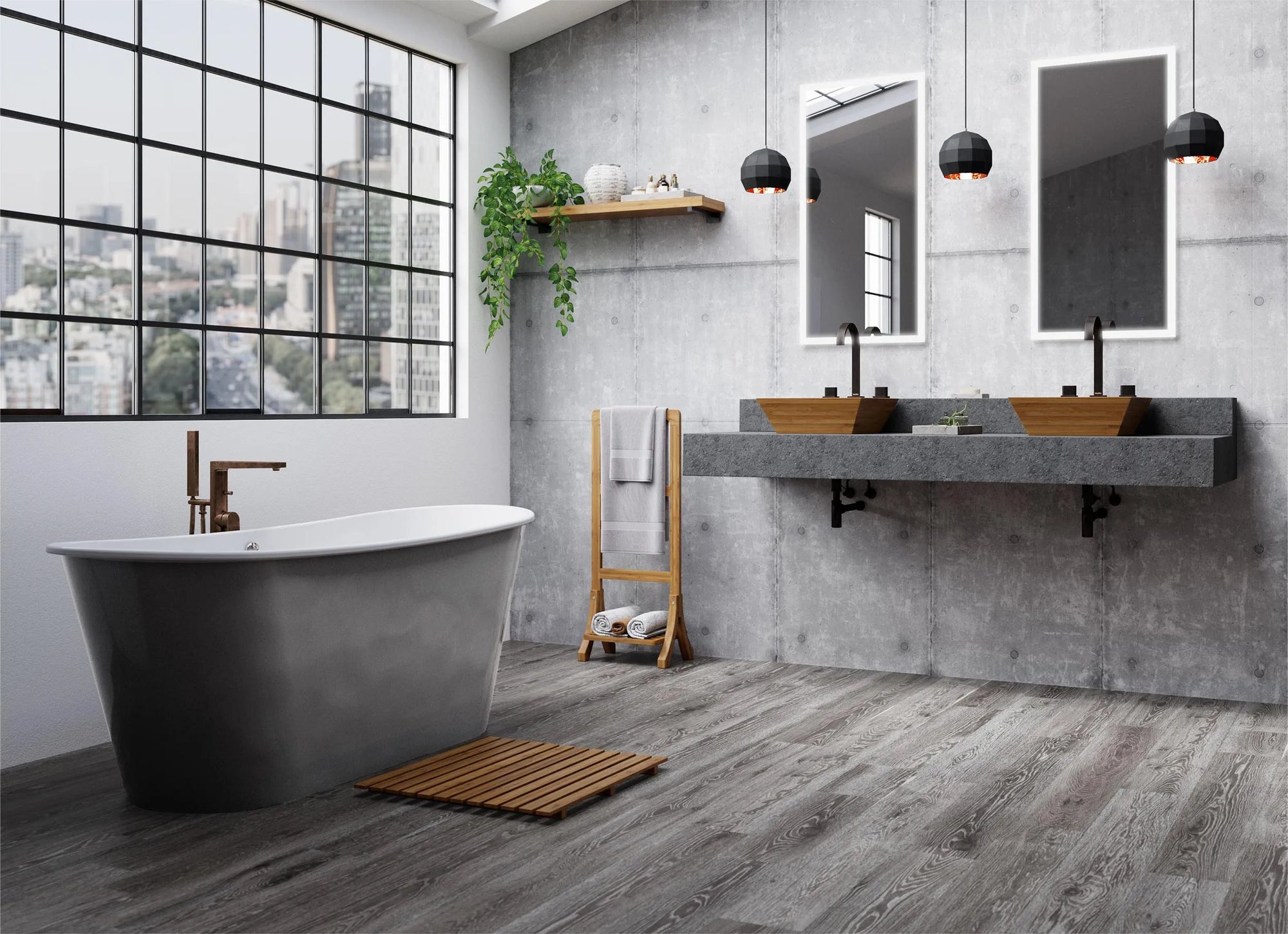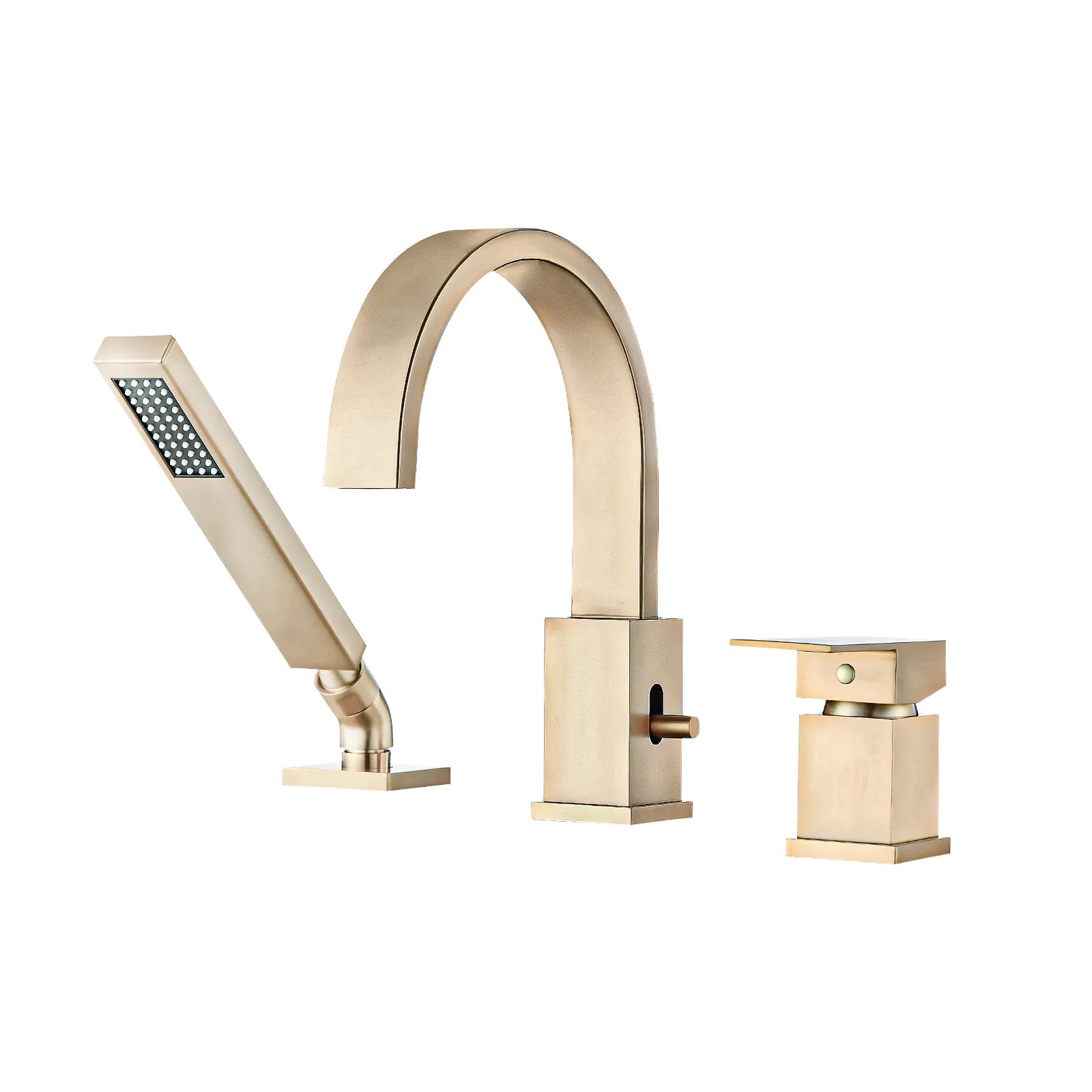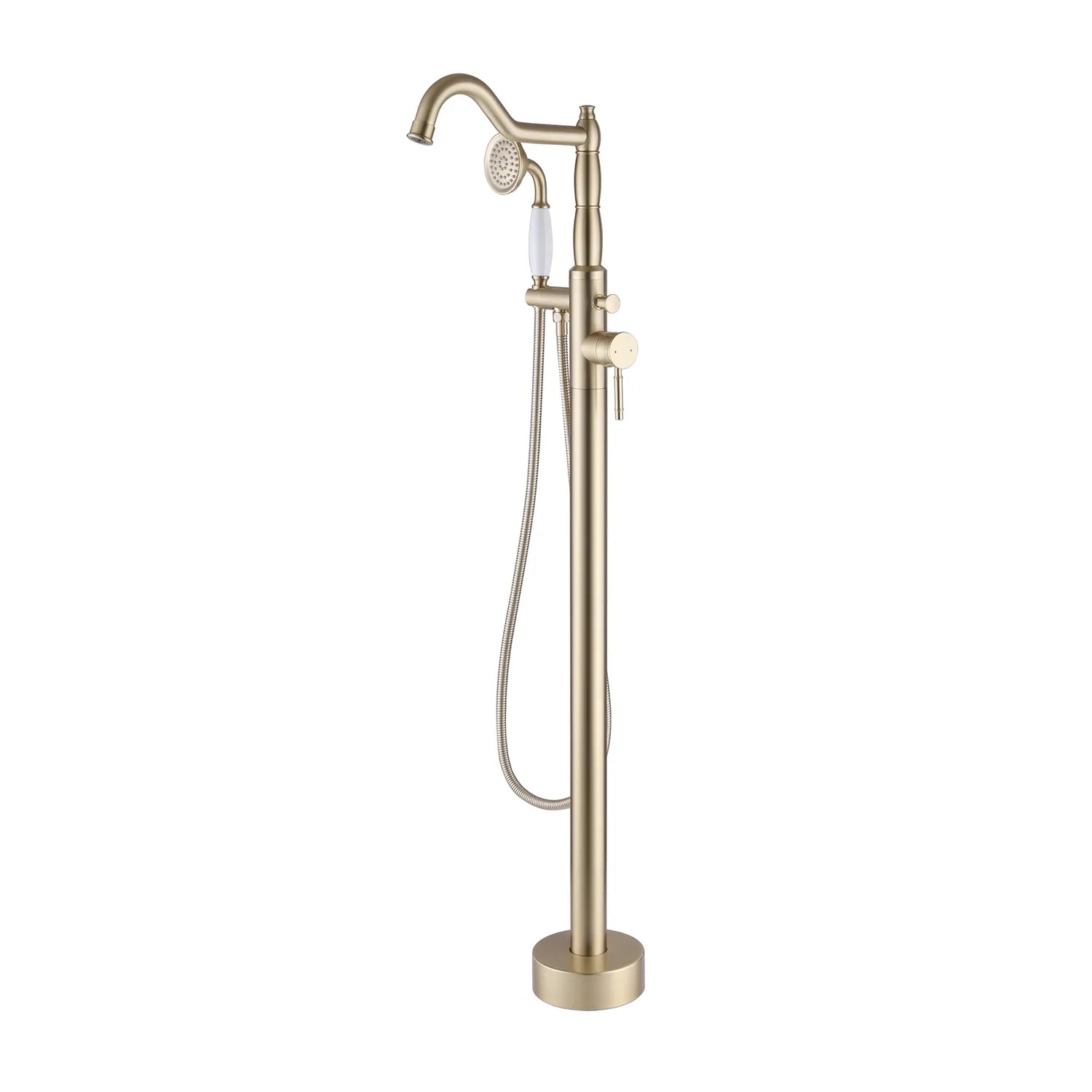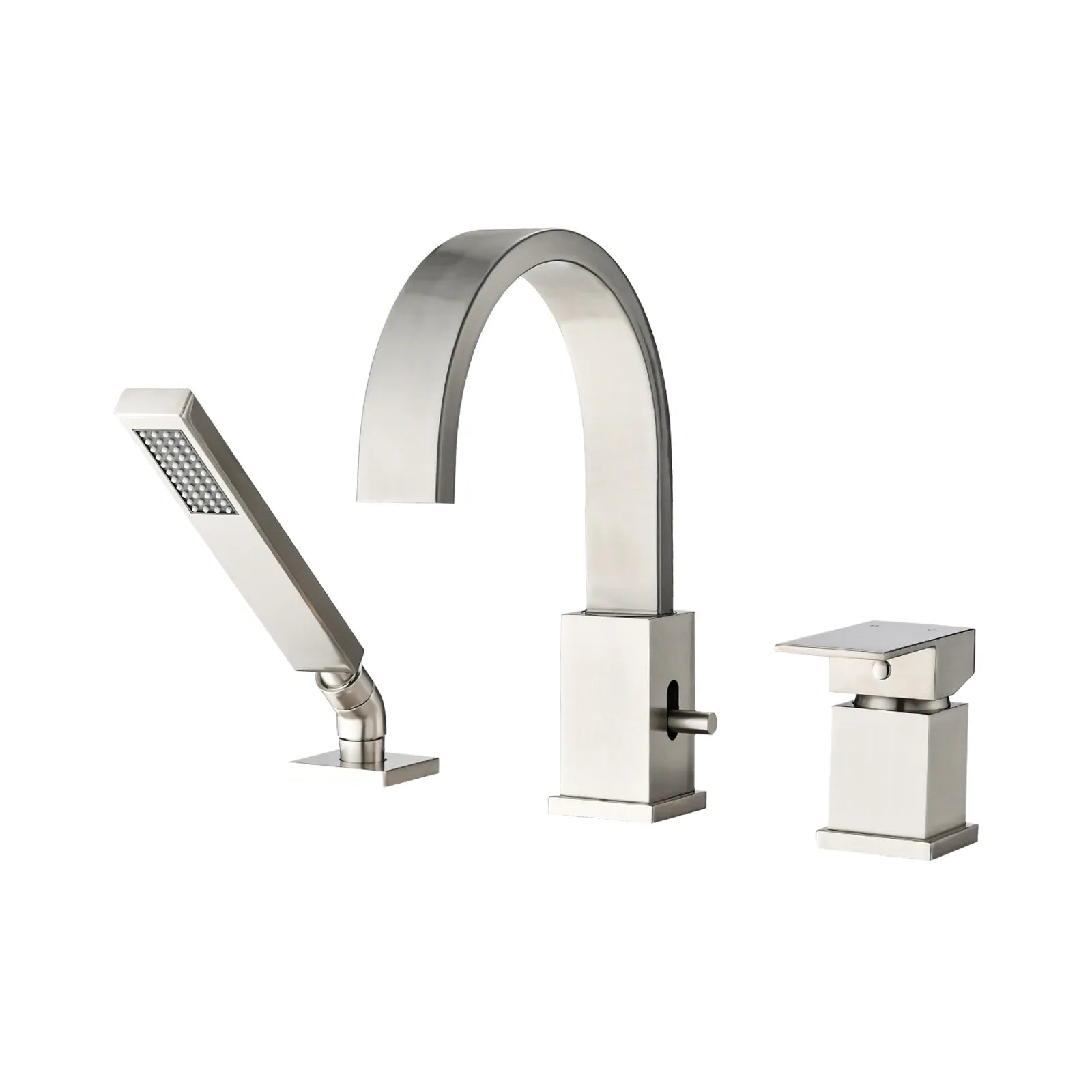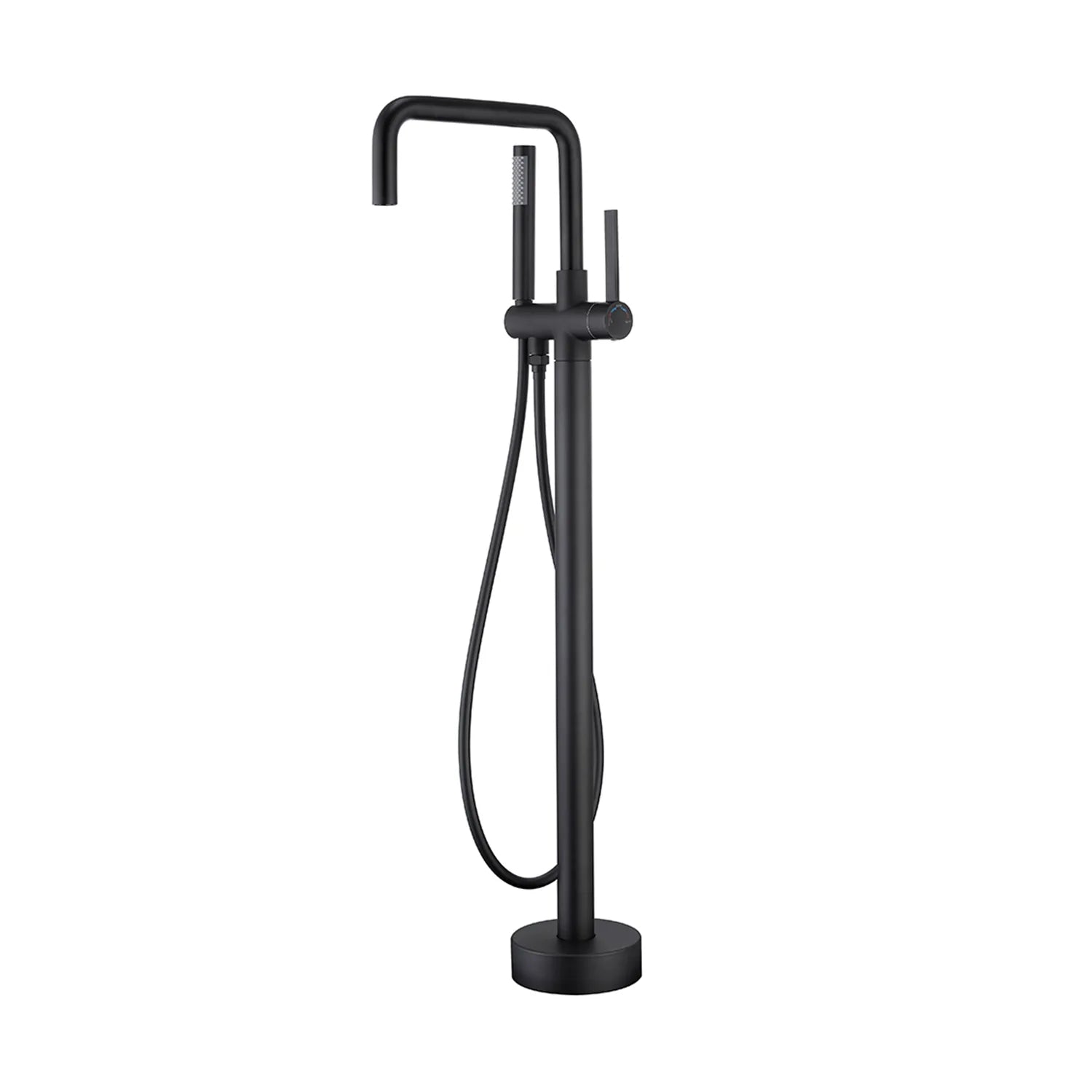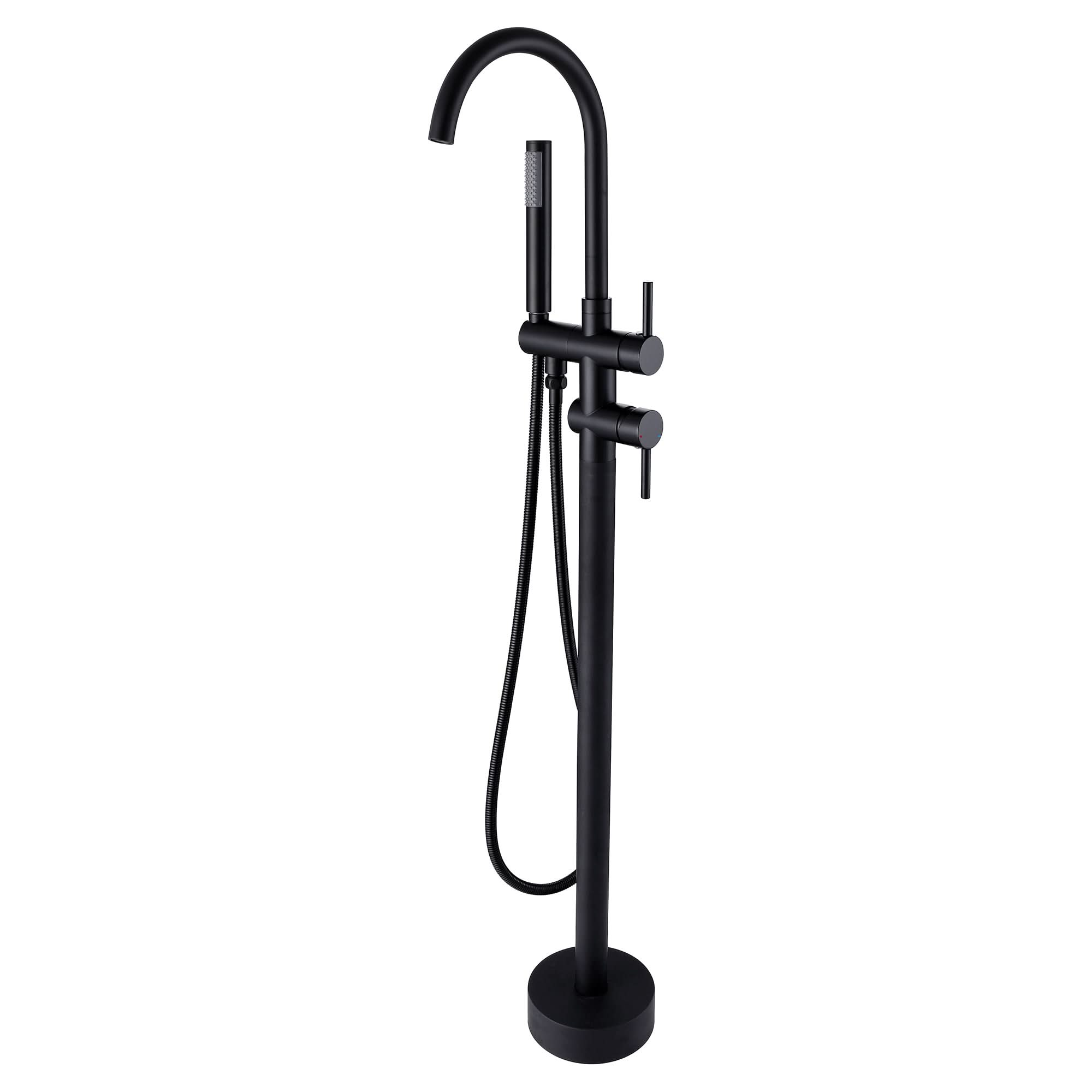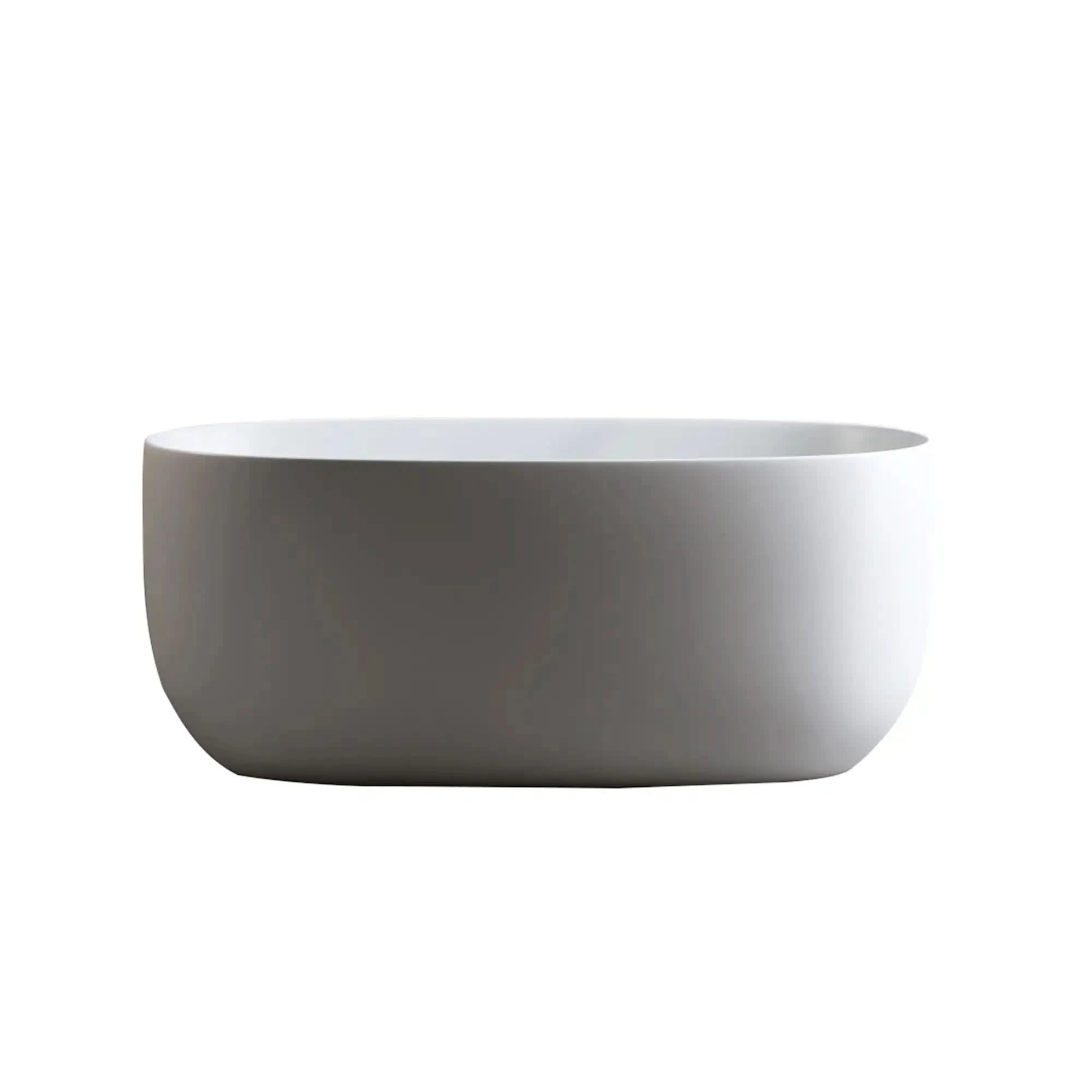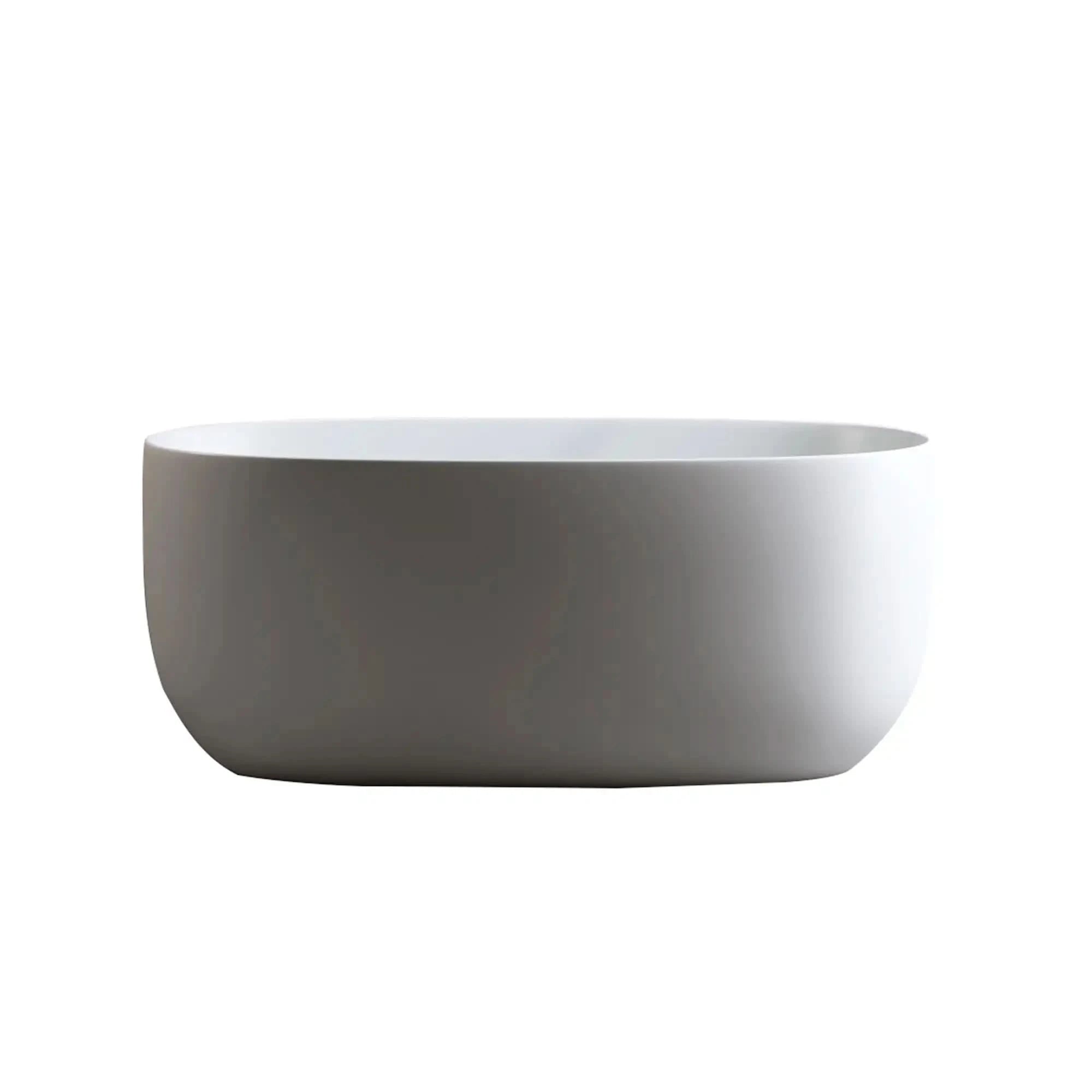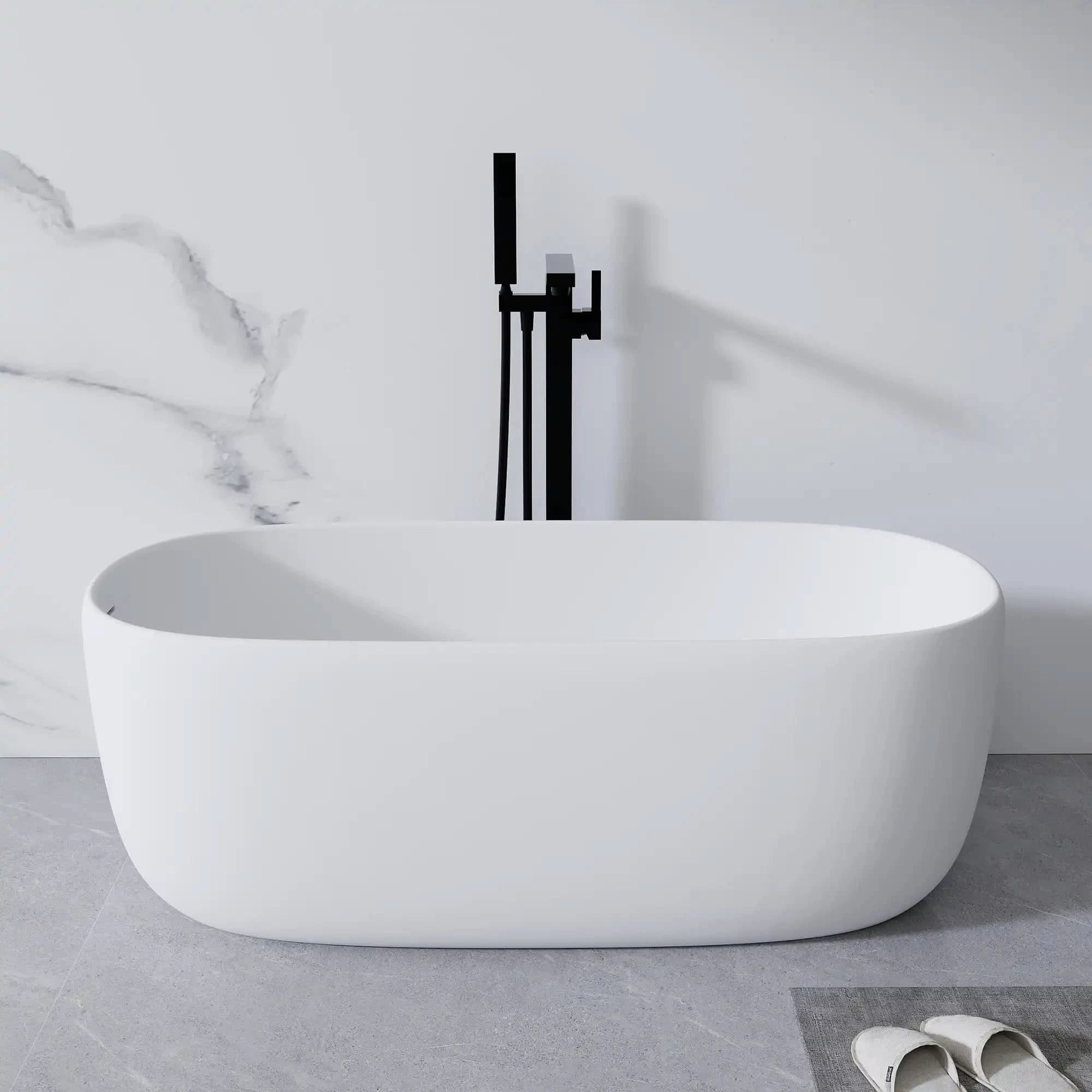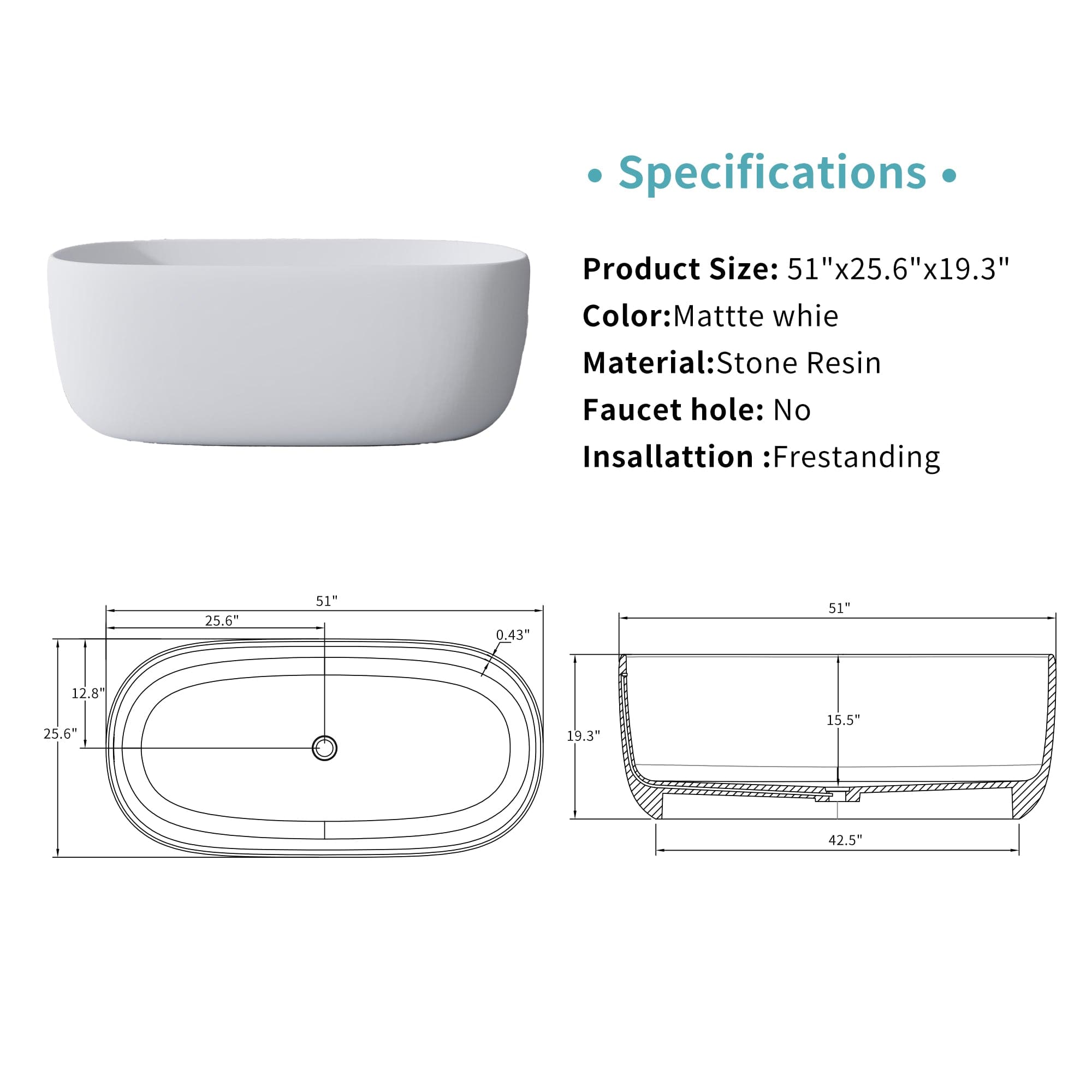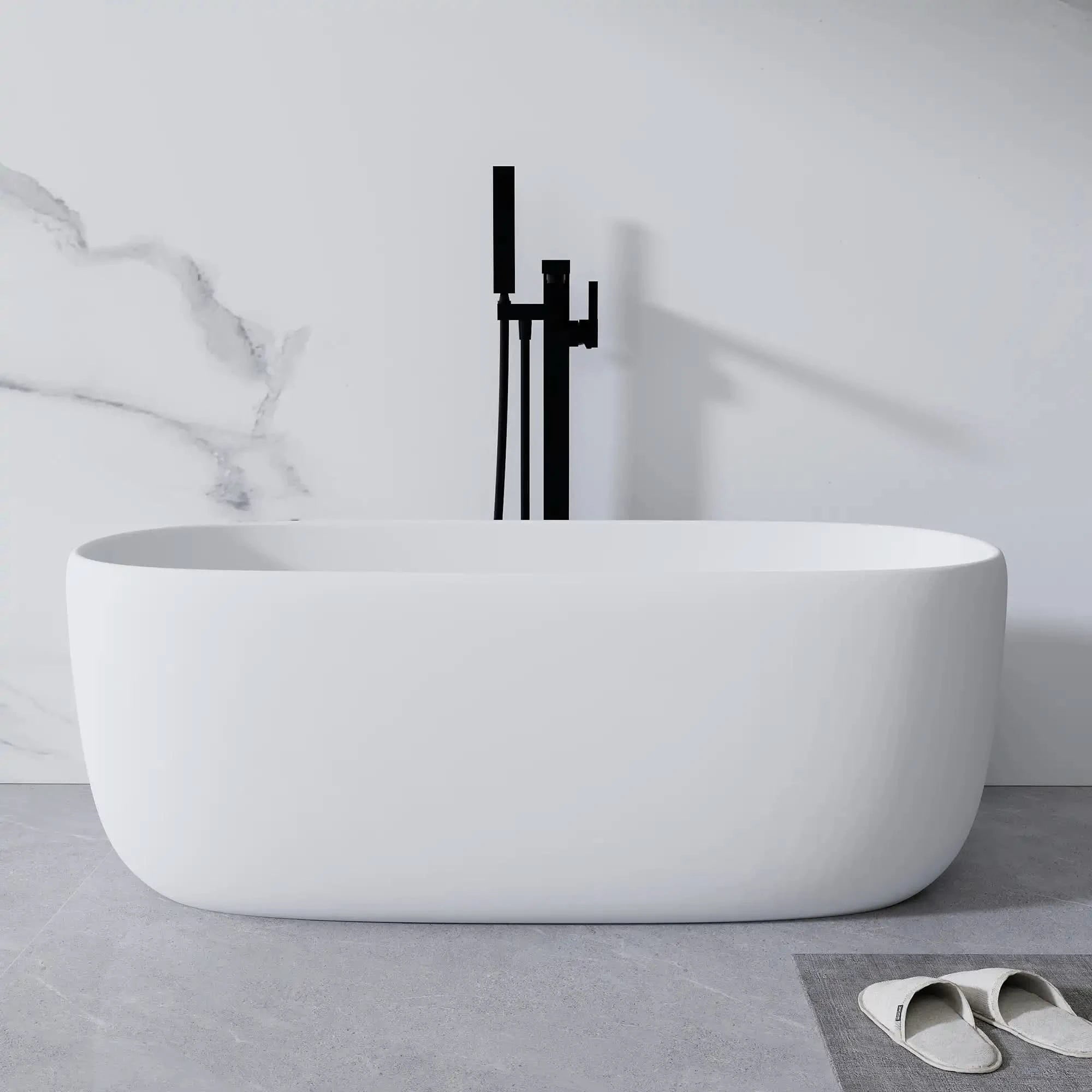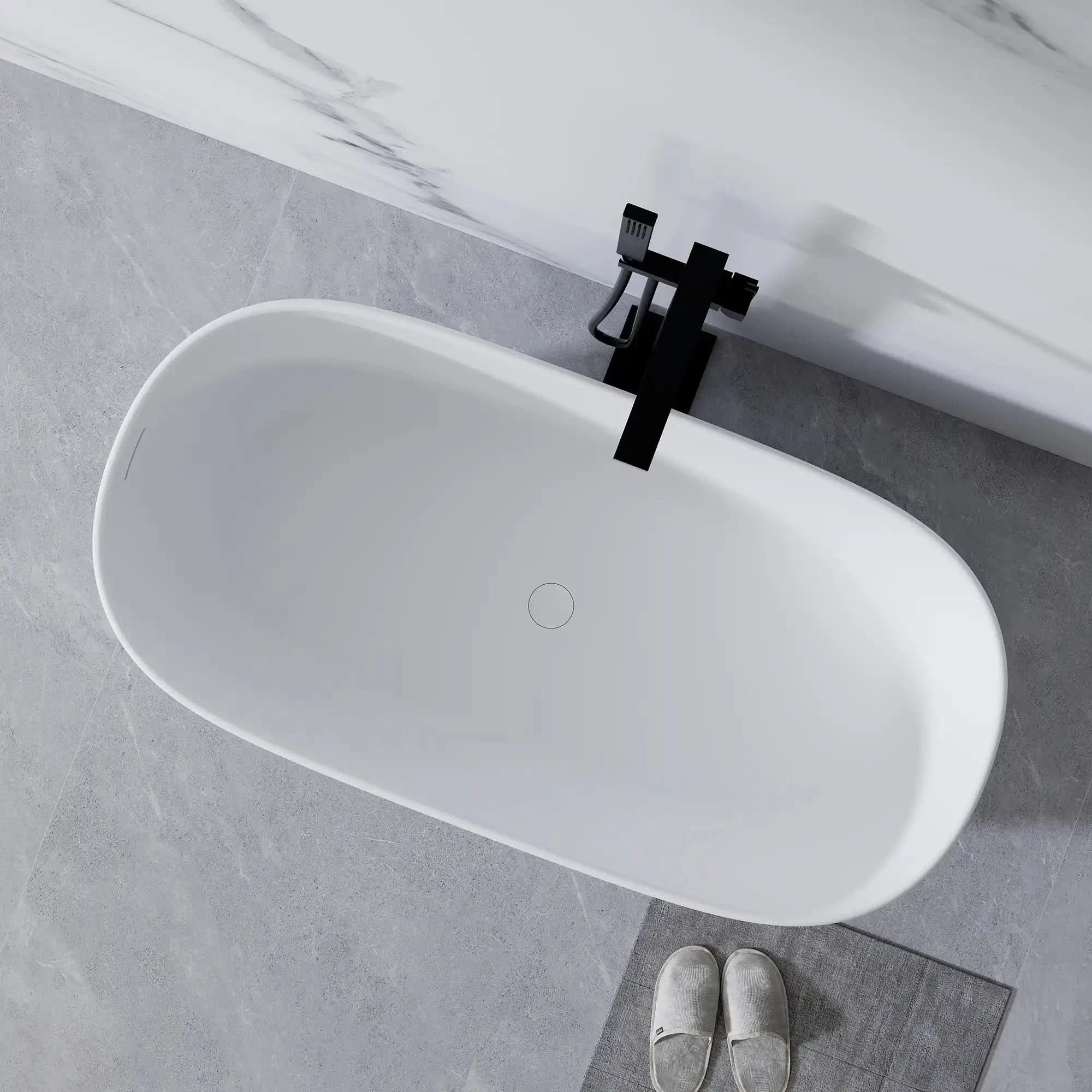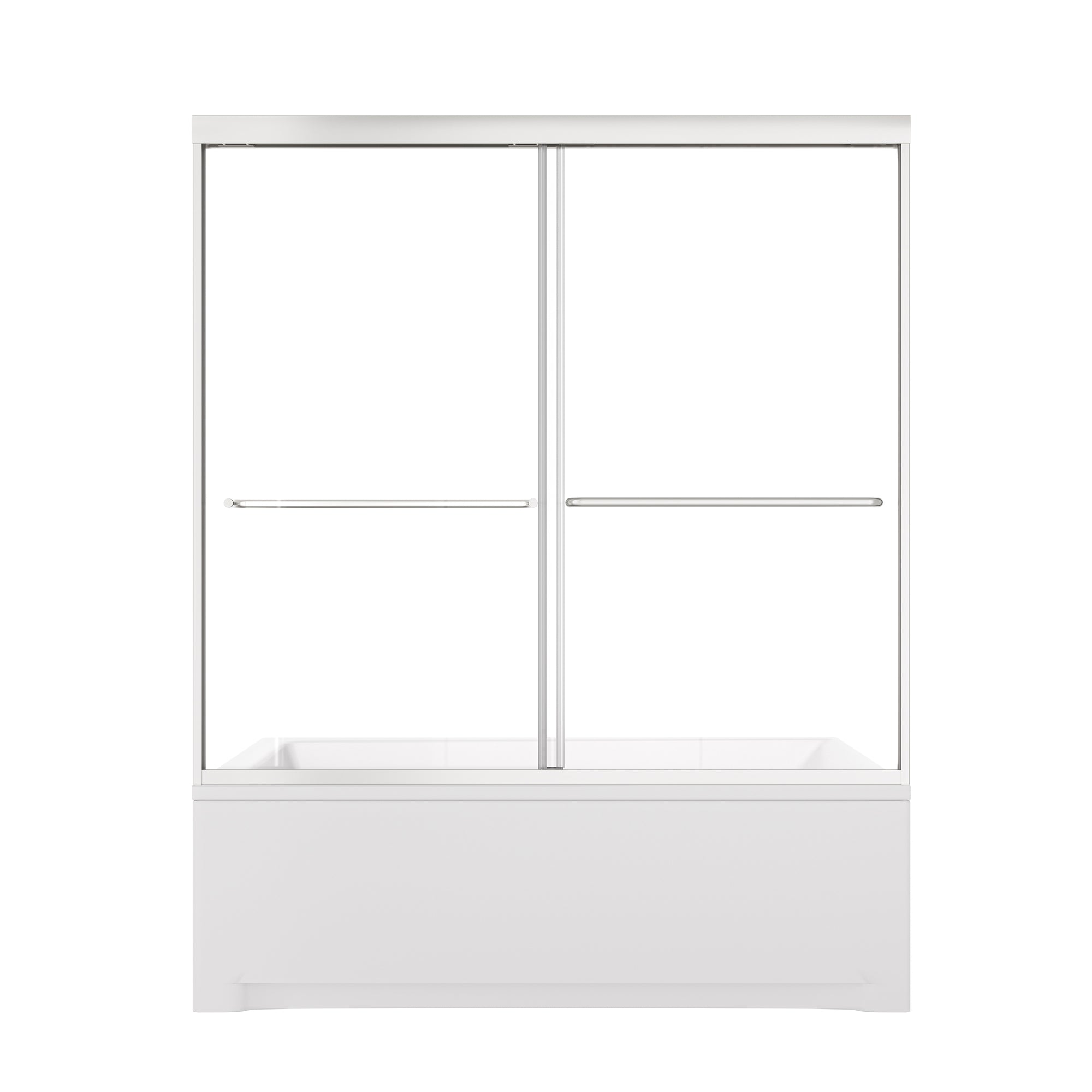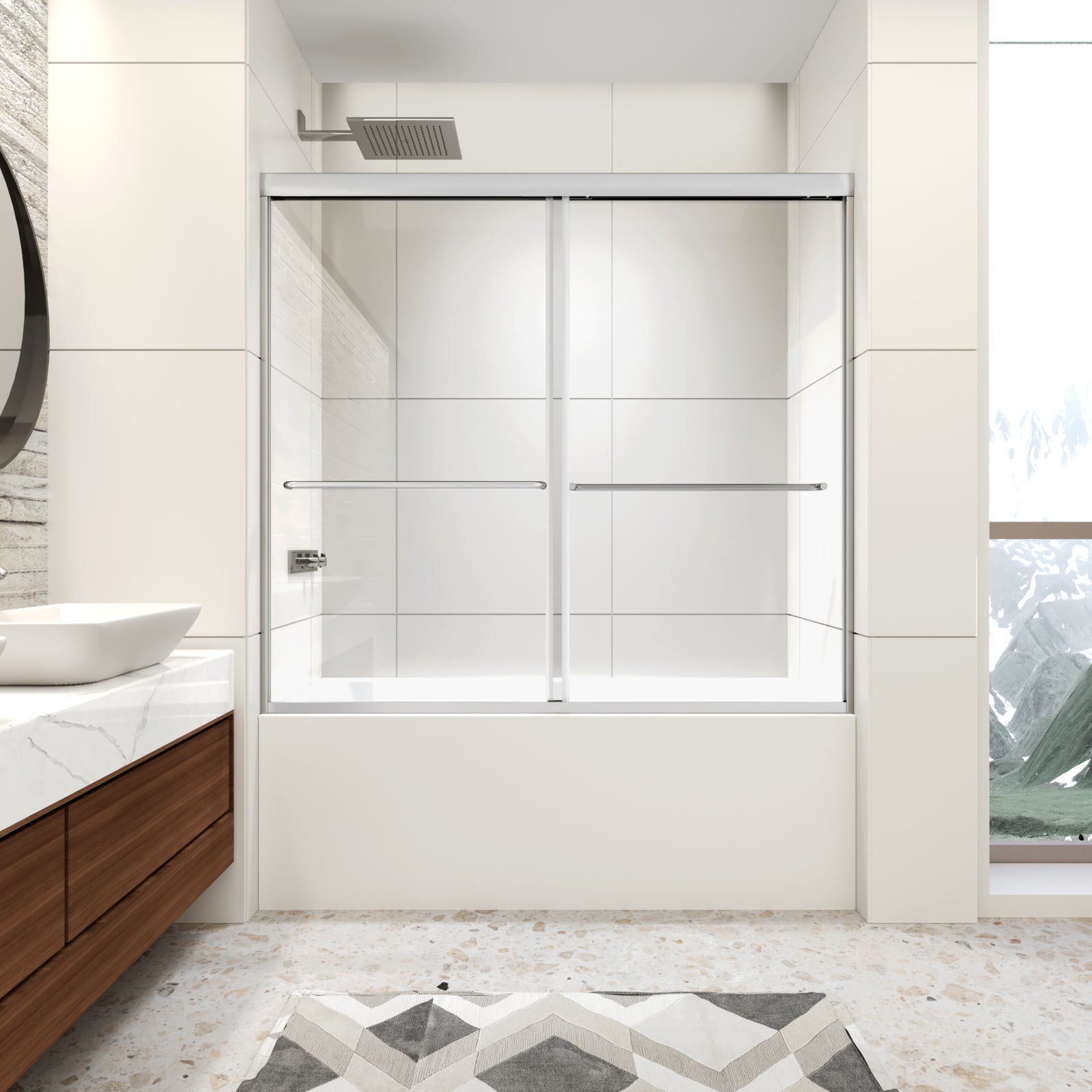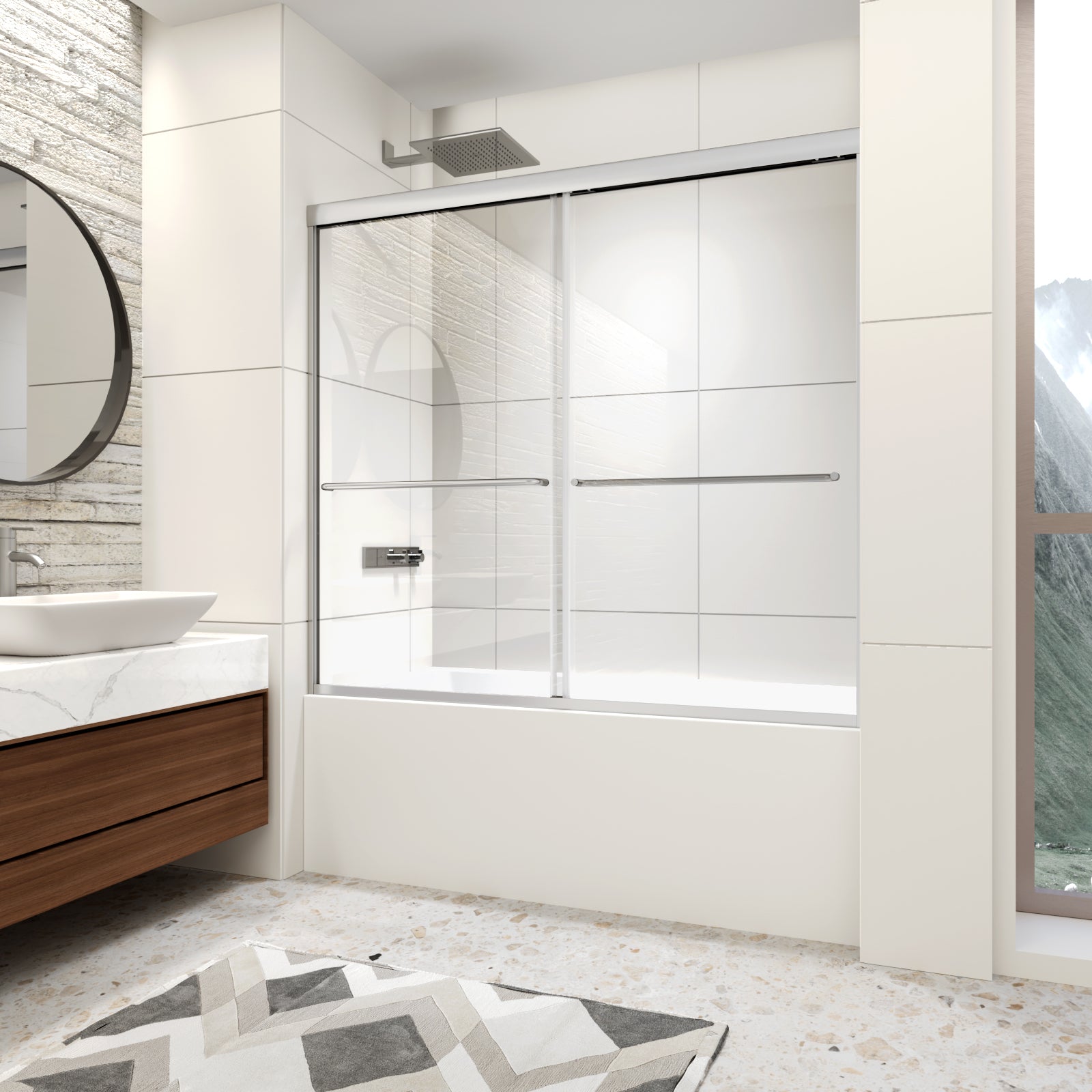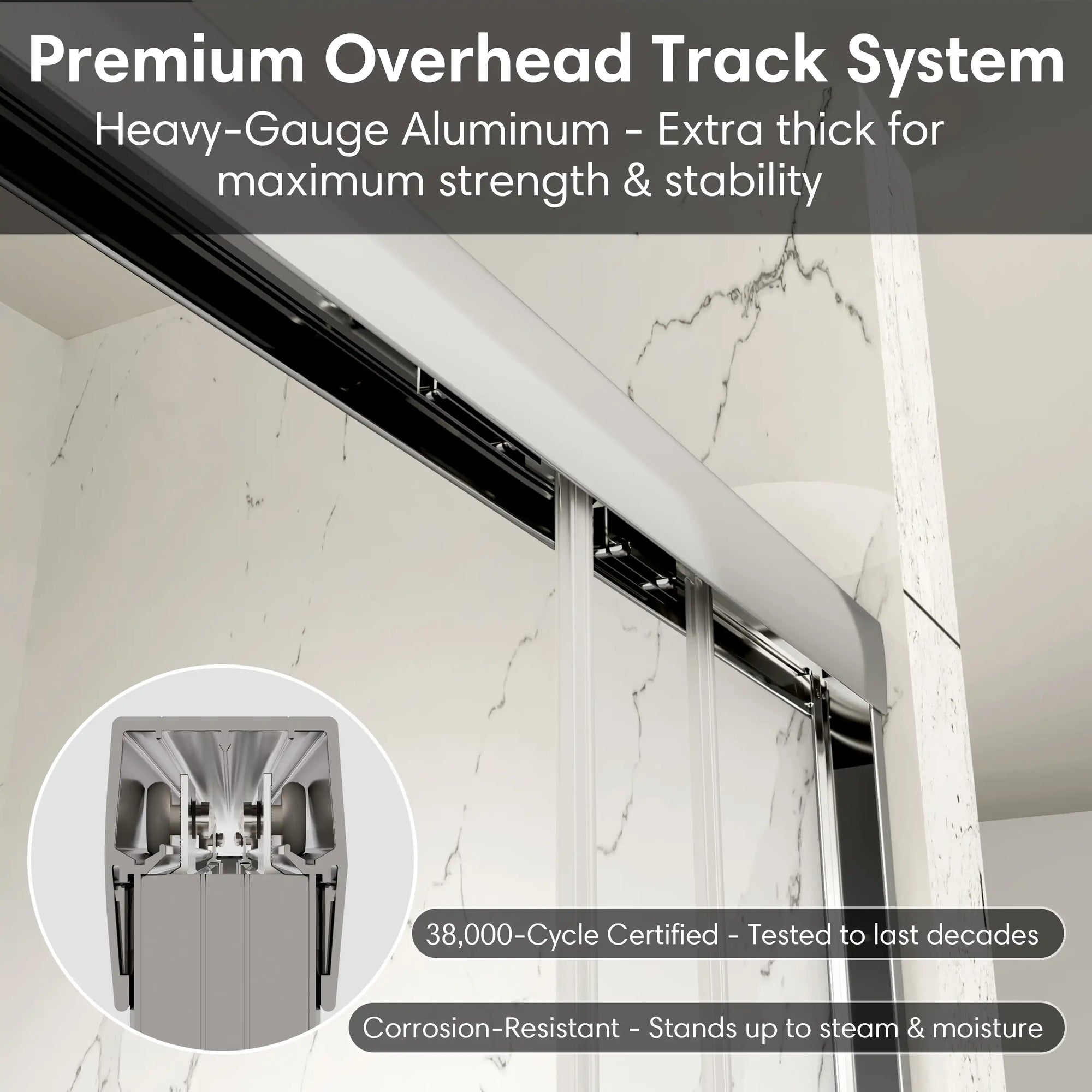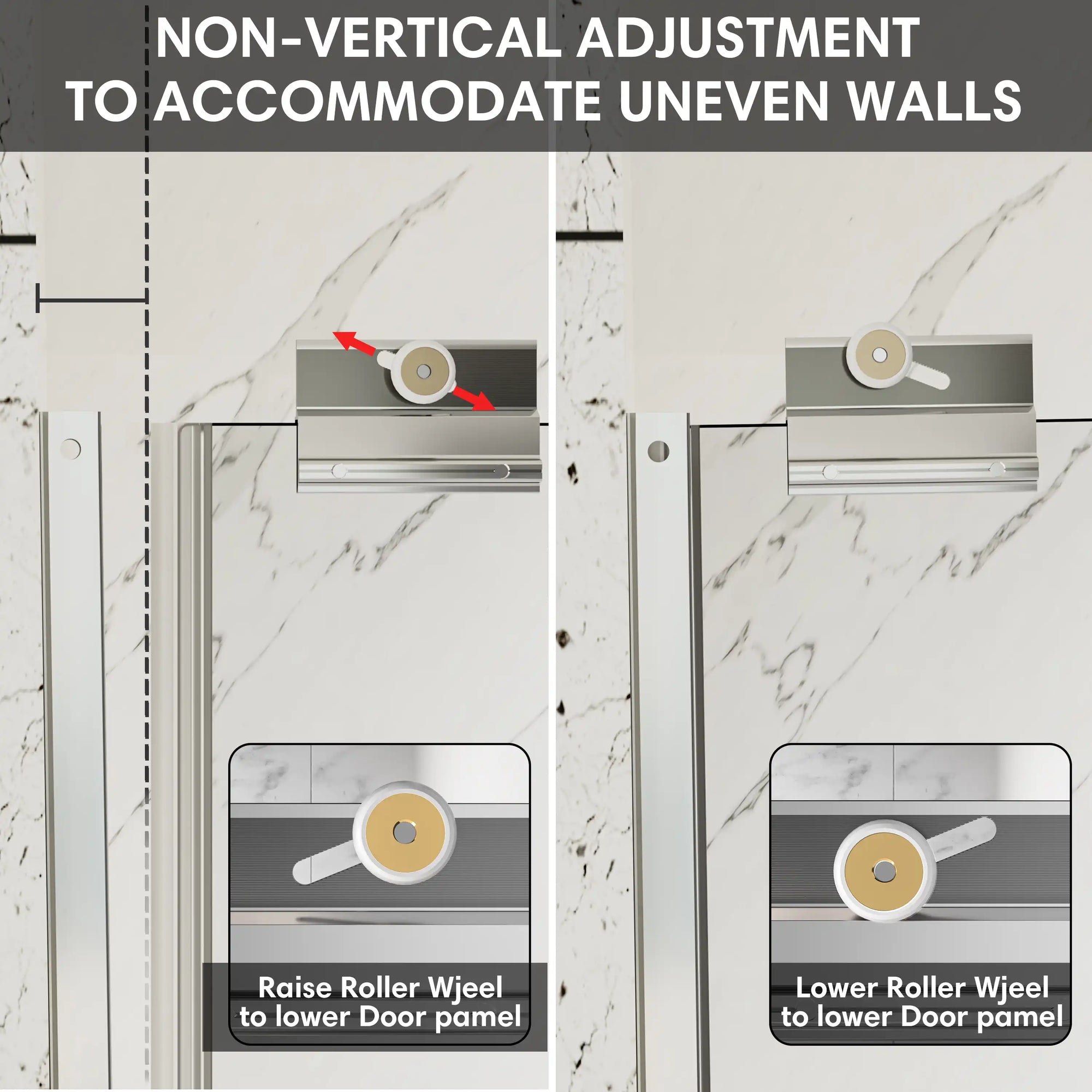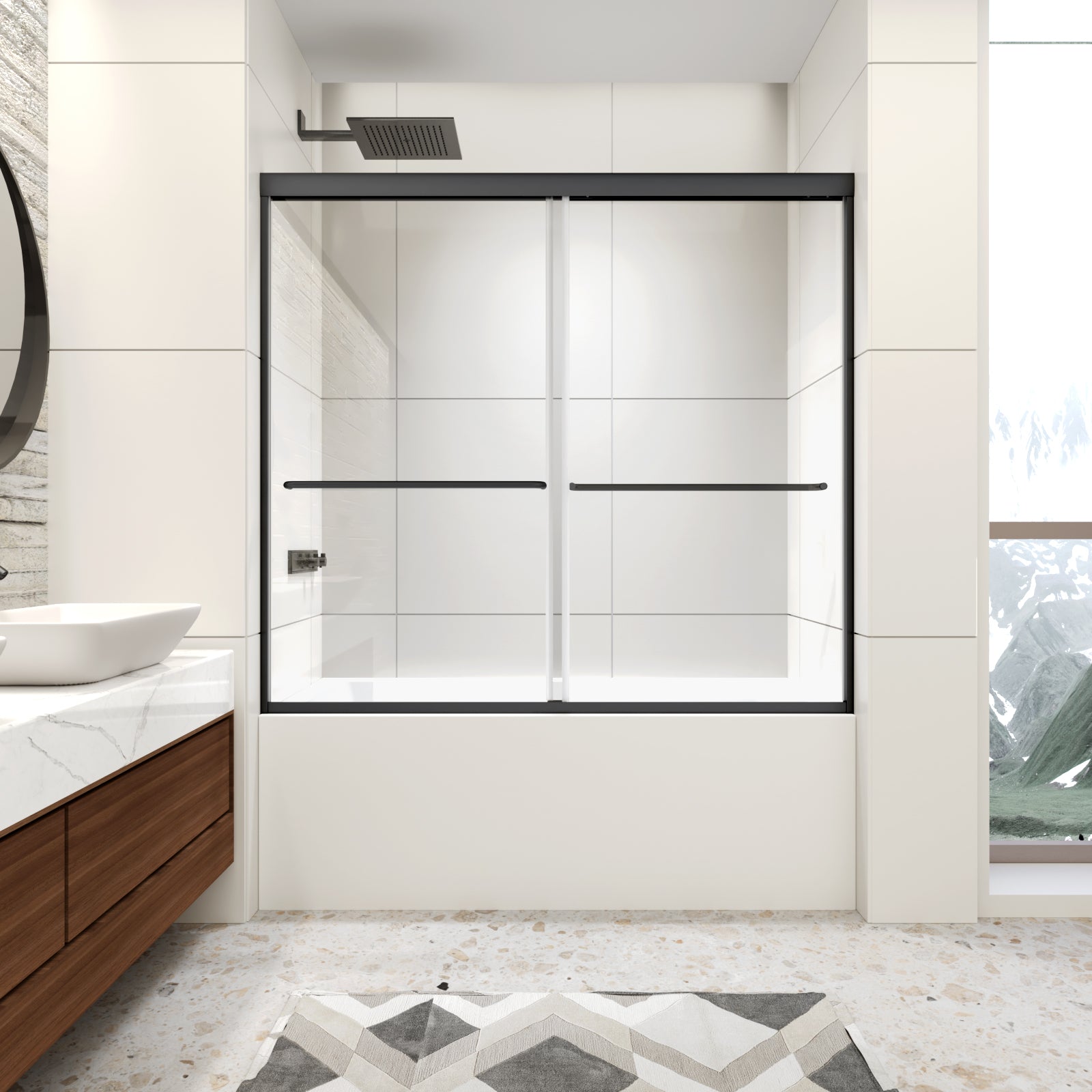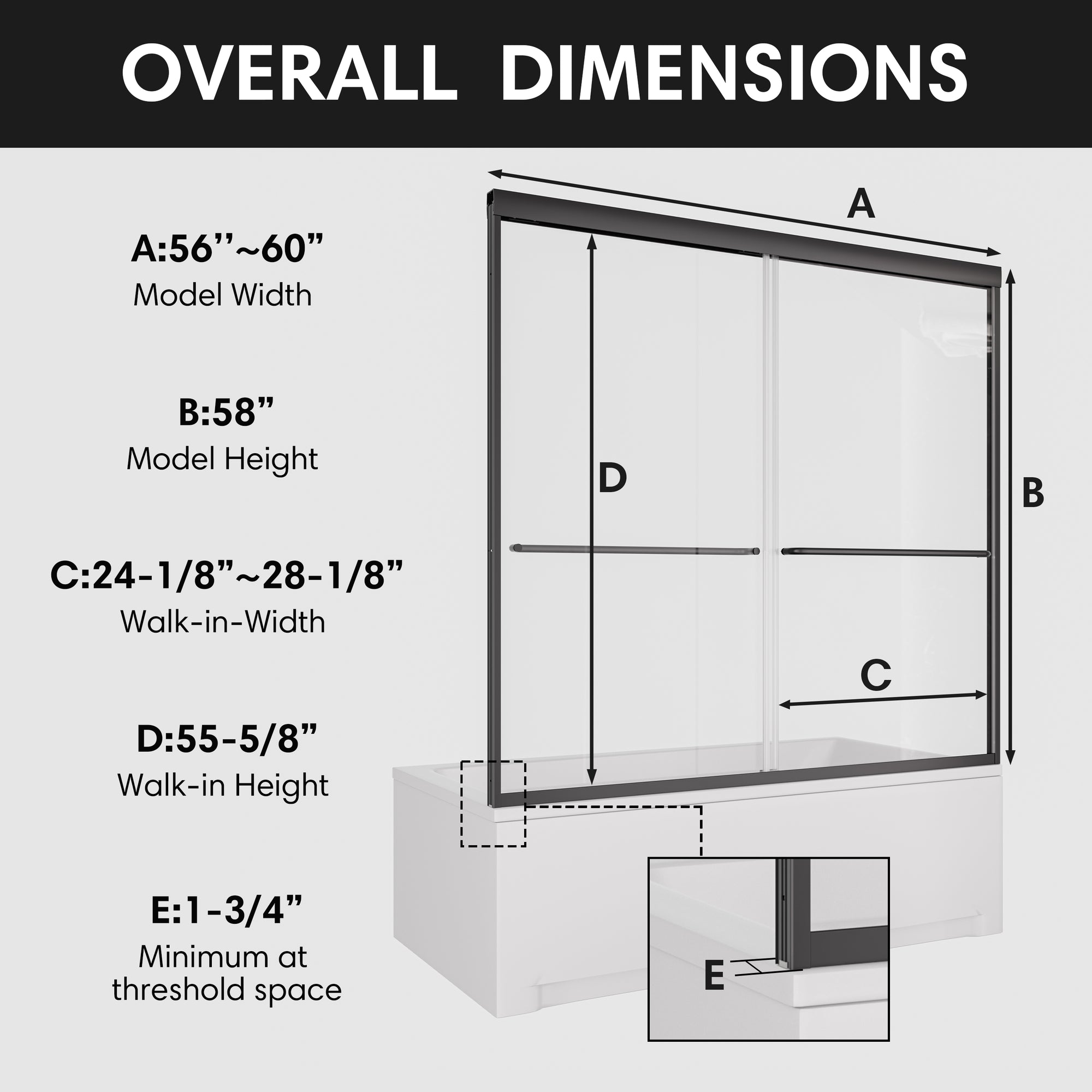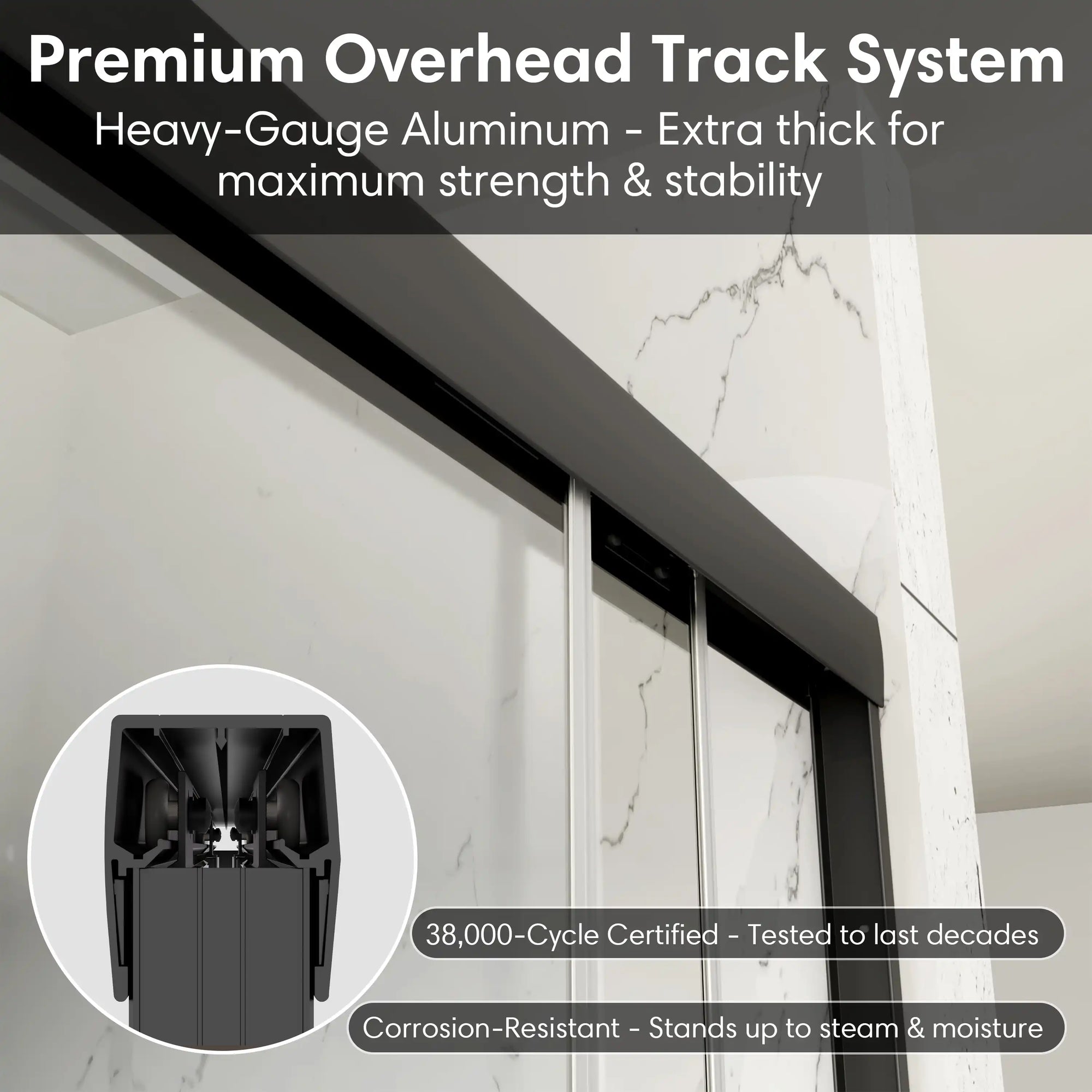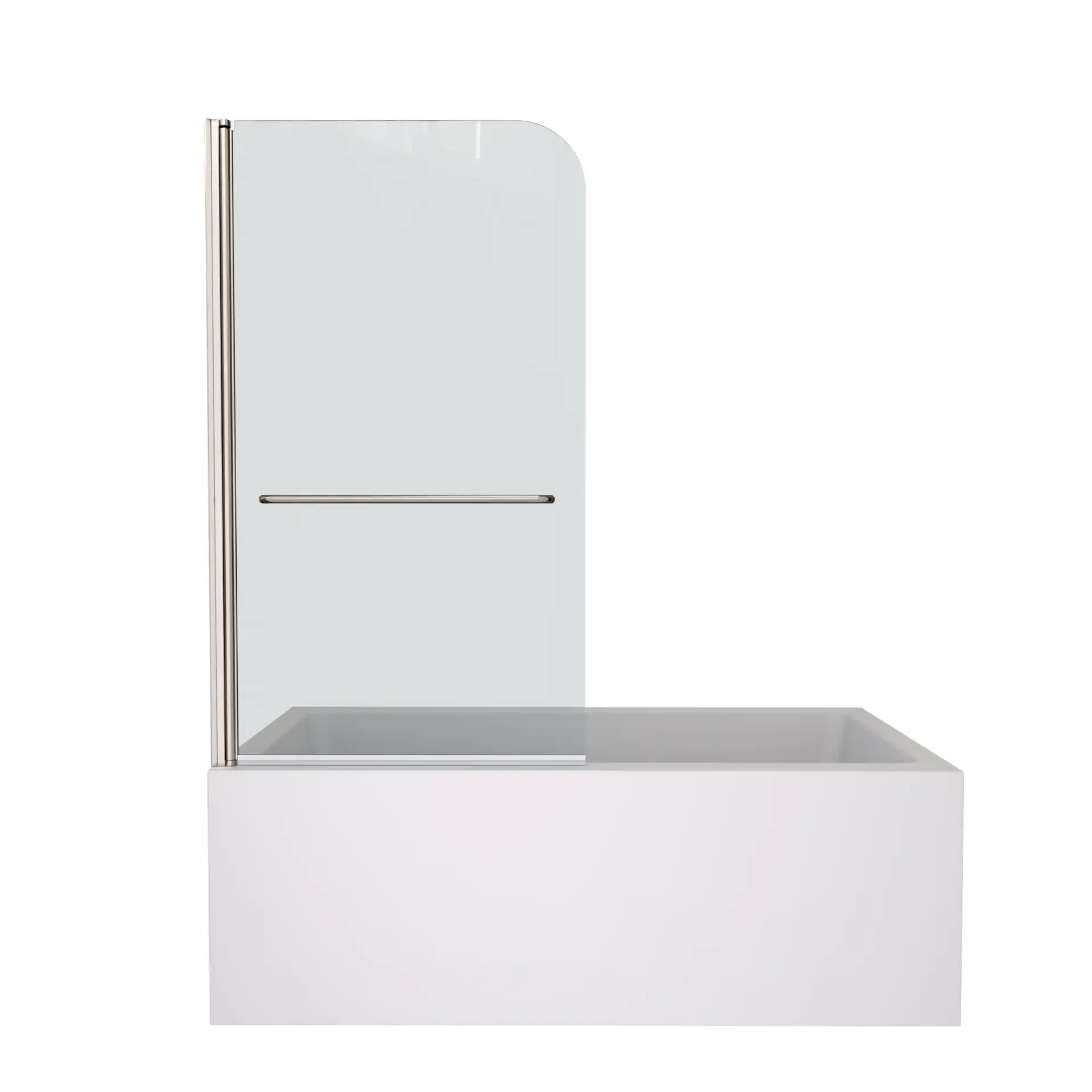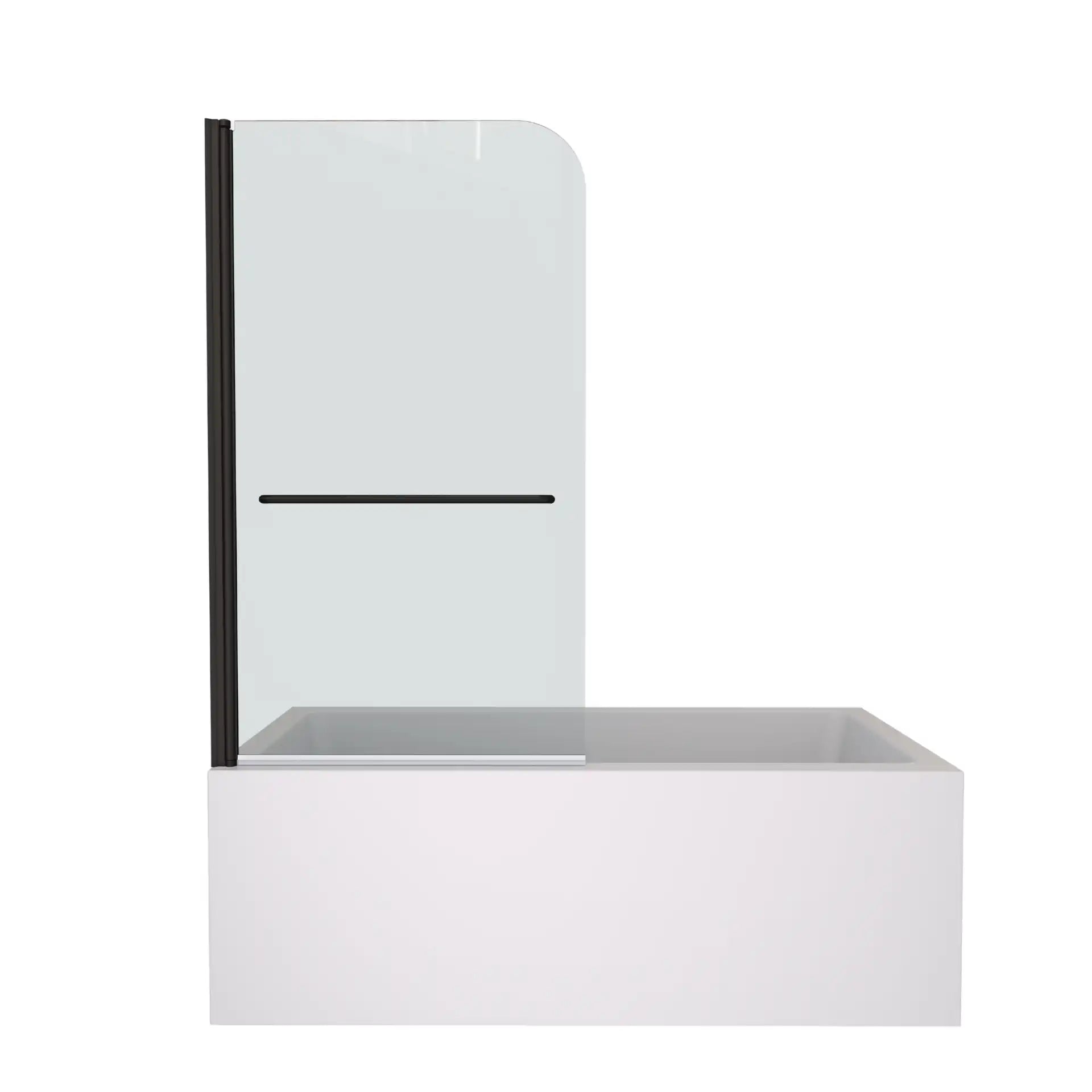Introduction
When was the last time you found yourself at peace? And there is no better way to slow down than with a deep, comforting bath. Of the many materials used to create a bathtub, cast iron bathtubs reign supreme in timelessness — second to none when it comes to warmth, durability, and beauty.
This article explores why a cast iron bathtub is more than just a fixture—it’s an investment in comfort, design, and sustainability. From the science of its unrivaled heat retention to how it can transform your bathroom into a worship space, we’ll go through everything that makes this classic piece a necessary detail for any home.
Table of Contents:
- The Science Behind Heat Retention: Why Cast Iron Keeps Your Bath Warmer Longer
- Timeless Elegance: How a Cast Iron Bathtub Elevates Your Bathroom's Aesthetic
- Durability That Lasts Generations: The Long-Term Value of Cast Iron
- The Art of Slow Living: How Soaking in Cast Iron Encourages Mindfulness
- Eco-Friendly Luxury: Why Cast Iron is a Sustainable Choice
- Conclusion
- FAQ
The Science Behind Heat Retention: Why Cast Iron Keeps Your Bath Warmer Longer
Have you ever gotten into a bath, only to have the water cool more quickly than you’d prefer? Unlike with an acrylic or fiberglass tub, which will lose warmth much quicker, a cast iron bathtub will hold its heat for quite some time. Its high thermal mass means it absorbs heat slowly and releases it even more slowly.
The physics is straightforward: filled with hot water, the dense material heats up (up to a certain point) and retains that temperature for some time, making your bath much warmer (for much longer). No more chills halfway through a soak or multiple reheatings. A bath that feels like a warm hug from start to finish—that’s the magic of cast iron.
This energy-efficient feature also means less wasted water, since you won’t have to constantly refill to keep warm — beyond comfort, people! Whether you prefer a quick dip and out or a long languorous soak, a cast iron bathtub helps you make the most of every moment.

Timeless Elegance: How a Cast Iron Bathtub Elevates Your Bathroom's Aesthetic
While a cast iron bathtub is functional too, it’s a showstopper that turns your bathroom into an oasis. Heavy and with a thick, enamel-coated finish, it has the air of permanence and refinement so rarely found in contemporary solutions.
Available in both classic clawfoot designs and minimalist freestanding styles, a cast iron bathtub slots easily into either vintage or modern interiors. Its deep basin and elegant curves lend it a spa-like aura and make you want to soak in style. Unlike plastic or acrylic tubs that can take on a cheap appearance after years of use, cast iron retains its shine for decades, aging like fine porcelain.
For homeowners in search of a signature piece that marries artistry with utility, a cast iron bathtub does the trick — an heirloom-quality addition that transforms everyday bathing into a restorative ritual.

Durability That Lasts Generations: The Long-Term Value of Cast Iron
In the age of disposable furniture and fast-fashion home décor, a cast iron bathtub is a trend-proof long-haul investment — it can last a lifetime — and provide years of enjoyment after that as well. Cast iron is especially known for its durability, unlike acrylic or steel tubs that will scratch, warp, or fade.
The secret is how they’re made: Molten iron cast into molds and covered in a hard enamel surface, they achieve an almost indestructible surface. With no more maintenance than avoiding harsh abrasives, a well-cared-for cast iron bathtub can last for generations. Dozens of antiques models are still in service today, watched how surprisingly long-lasting they are.
They may have a higher upfront price than their lightweight cousins, but think of it as a one-time purchase that never needs to be replaced. Decades from now, your bathtub will still be structurally sound as the day it was installed—and as beautiful—making it the ultimate in long-term value.

The Art of Slow Living: How Soaking in Cast Iron Encourages Mindfulness
Bathing in a cast iron bathtub is more than just getting clean; it’s a ritual. The solid heft beneath you, the way the enamel gently absorbs and releases heat, even the deep, almost musical echo of water filling the tub all deliver one message: Pause. This isn’t some quick routine — it’s an invitation to settle into your mind.
Unlike showers that come and go in an instant, and merely wash the day away, a soak in a cast iron tub requires you to be “all in.” The thick walls do not draw heat from the water, which will cradle you in warmth long after your toes first make contact with the surface. Muscles relax, tension evaporates like steam, and the solid, anchored chassis beneath you feels like calm—almost like the world outside disappears. In an age of incessant beeps and boom-boom-booming calendars, this is more than a bath; it’s an antidote to modern chaos.
When you prepare for a bath, turn your bathroom into a sanctuary with dimmable lighting that provides soft shadows, fluffy towels that are neatly folded, and maybe a book of poetry or a well-organized playlist for your soak. A cast iron bathtub isn’t merely a fixture—it’s the centerpiece of a private wellness retreat, a place where time gives away to deep breaths and quiet reflection. Here, self-care is not wedged in between to-dos; it’s a moment to be savored, drop by drop.

Eco-Friendly Luxury: Why Cast Iron is a Sustainable Choice
Sustainable practices have gone from an obscure concern to a mission-critical imperative. For environmentally conscious homeowners, a cast iron bathtub is an unexpectedly green option.
Cast iron is 100 percent recyclable — unlike plastic tubs that fill up landfills. Even at the end of its (very long) life it can be melted down and repurposed with no loss of quality. Plus, the material’s heat retention minimizes water waste and, its durability means fewer replacements — and less resource consumption — over time.
Picking a cast iron tub is a vote for long-term thinking, a beautiful agreement between sustainability and luxury.

Conclusion: More Than a Tub—A Legacy
A cast iron bathtub is more than a purchase; it’s an heirloom, an experience and a statement. With superior warmth and durability, not to mention its timeless elegance, this classic fixture has benefits that modern alternatives can’t touch.
Whether you’re updating a vintage dwelling or designing a modern spa-inspired getaway, a cast iron bathtub makes every soaking session a decadent retreat. It’s time to swap out fleeting trends for lasting quality — and turn your bathroom into a sanctuary of relaxation and style.
FAQ
Q: Is a cast iron bathtub difficult to install due to its weight?
A: While heavier than acrylic models, professional installers handle them with ease. Reinforced flooring is rarely needed in modern homes, but consult an expert if concerned.
Q: Will the enamel finish chip over time?
A: High-quality enameling prevents chipping with normal use. Avoid dropping heavy objects, and clean with non-abrasive products to preserve its shine.
Q: Are cast iron bathtubs suitable for small bathrooms?
A: Yes! Many compact designs exist, and freestanding models can actually make small spaces feel larger by minimizing visual clutter.
Q: How do I maintain a cast iron bathtub?
A: Simply wipe with mild soap and water. For stains, a baking soda paste works wonders—no harsh chemicals needed.
Q: Why is a cast iron bathtub more expensive than other materials?
A: The cost reflects craftsmanship, longevity, and performance. Think of it as buying a lifetime of luxury baths rather than replacing flimsy tubs every decade.
